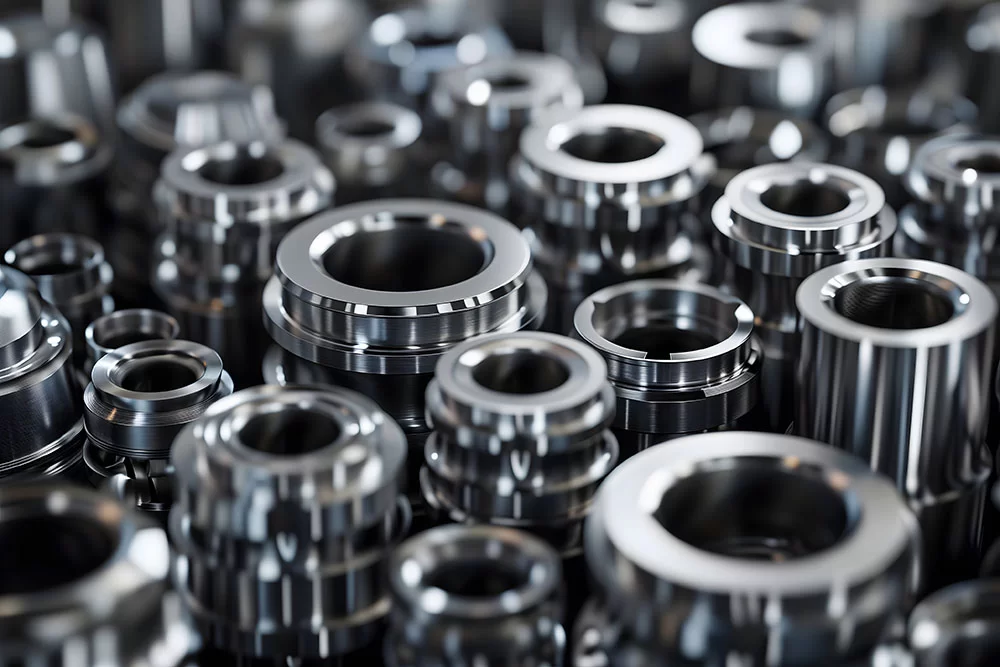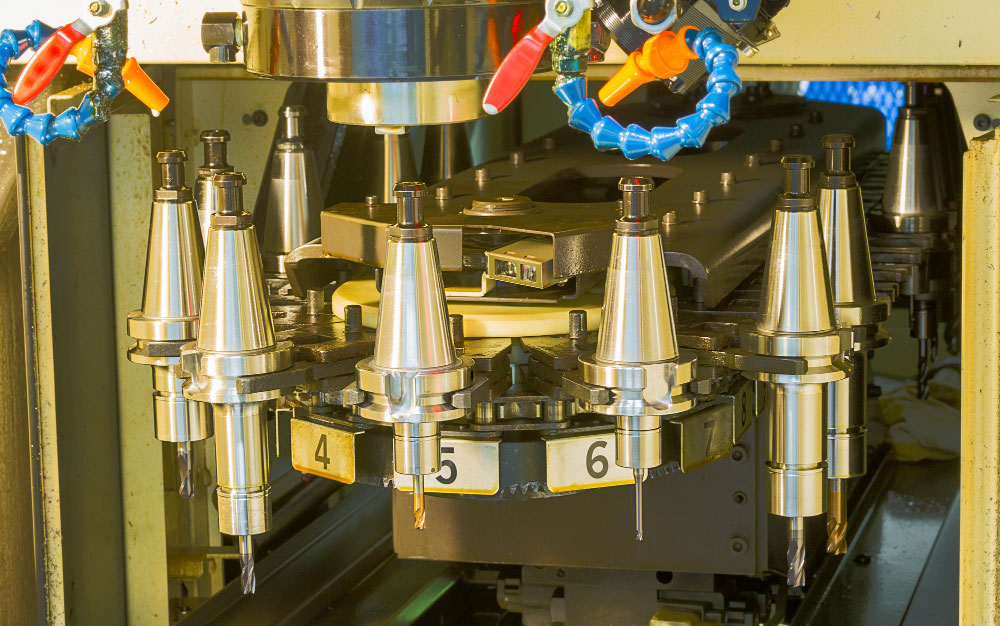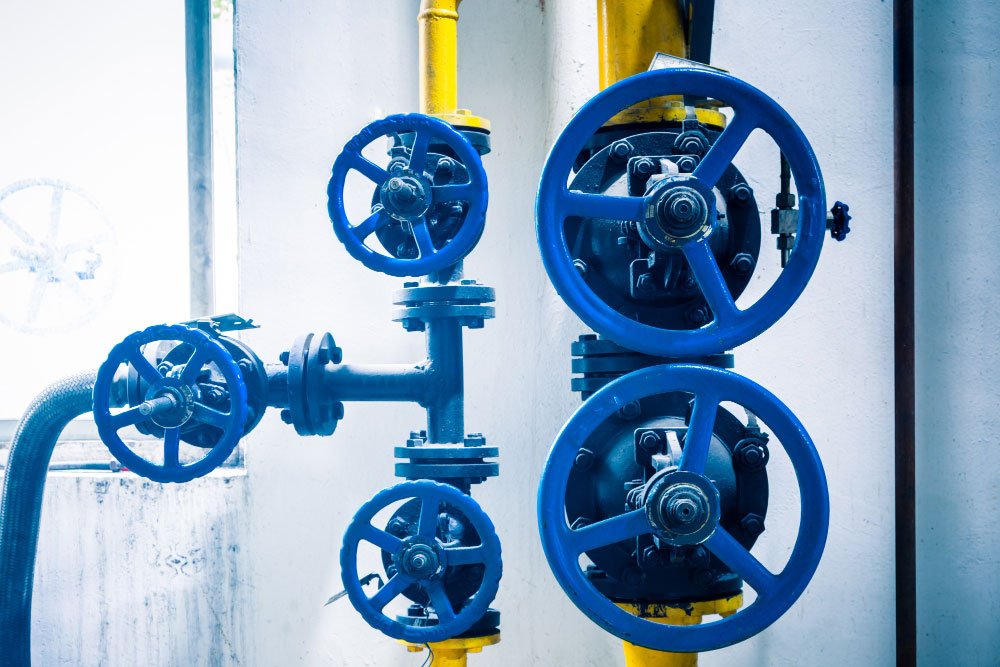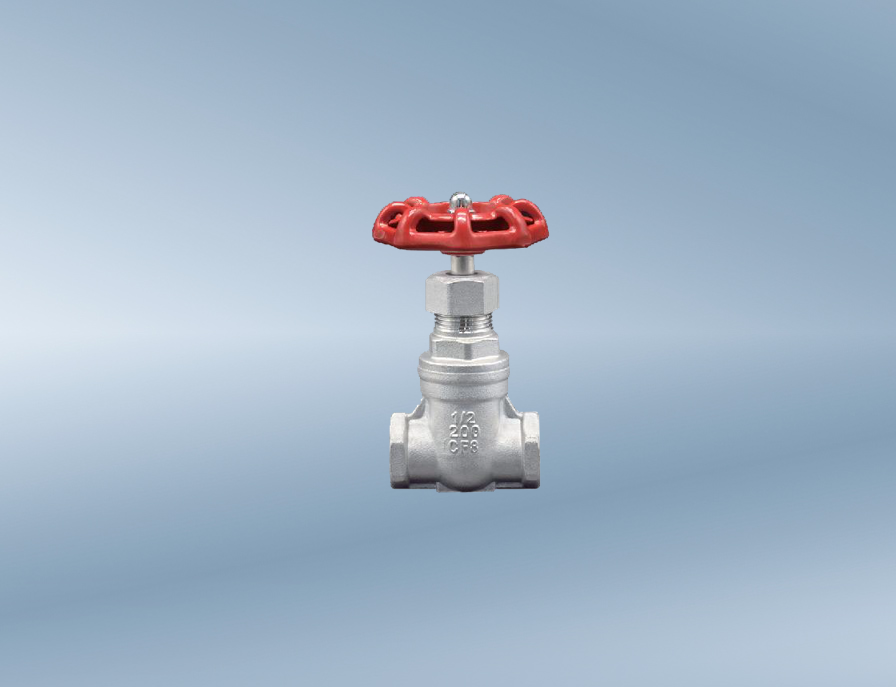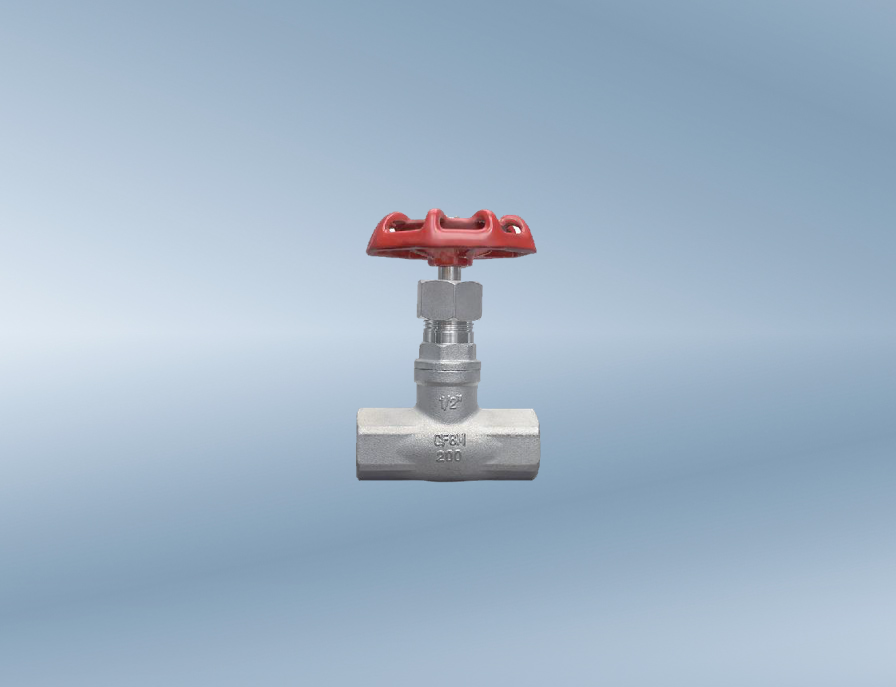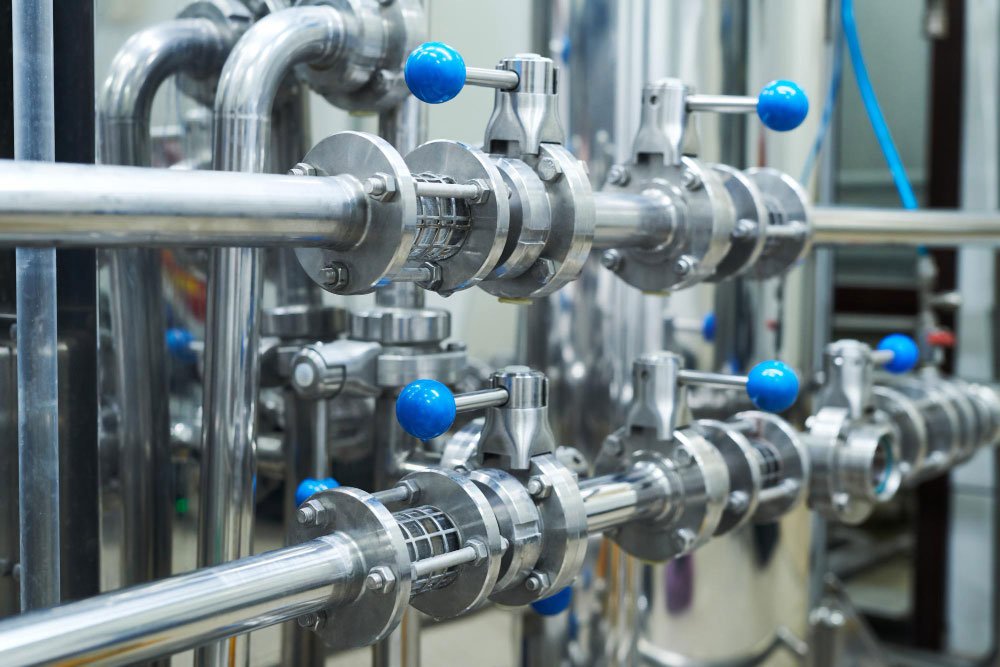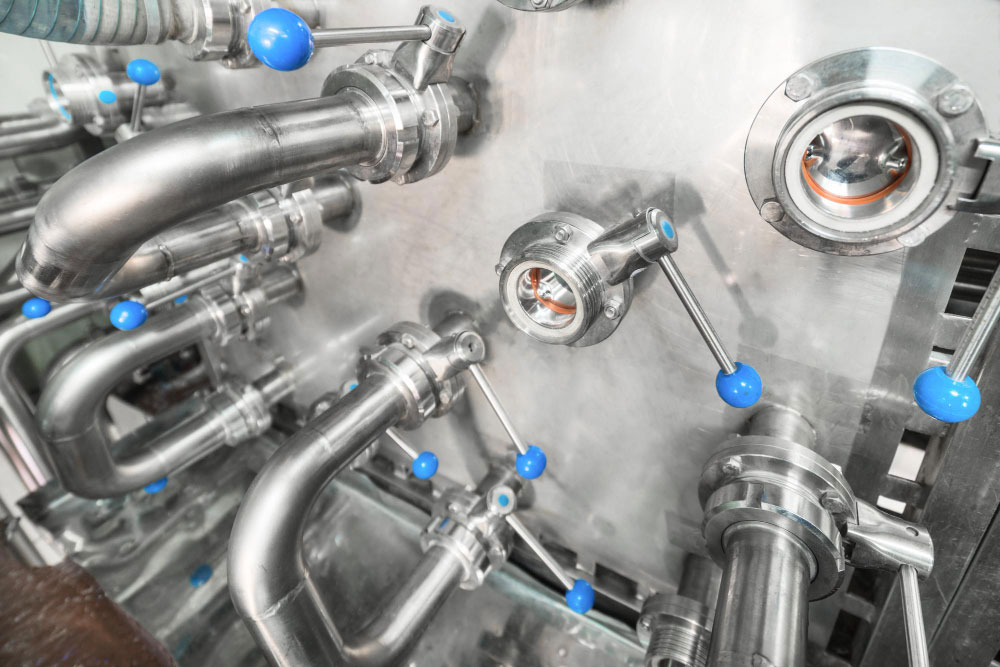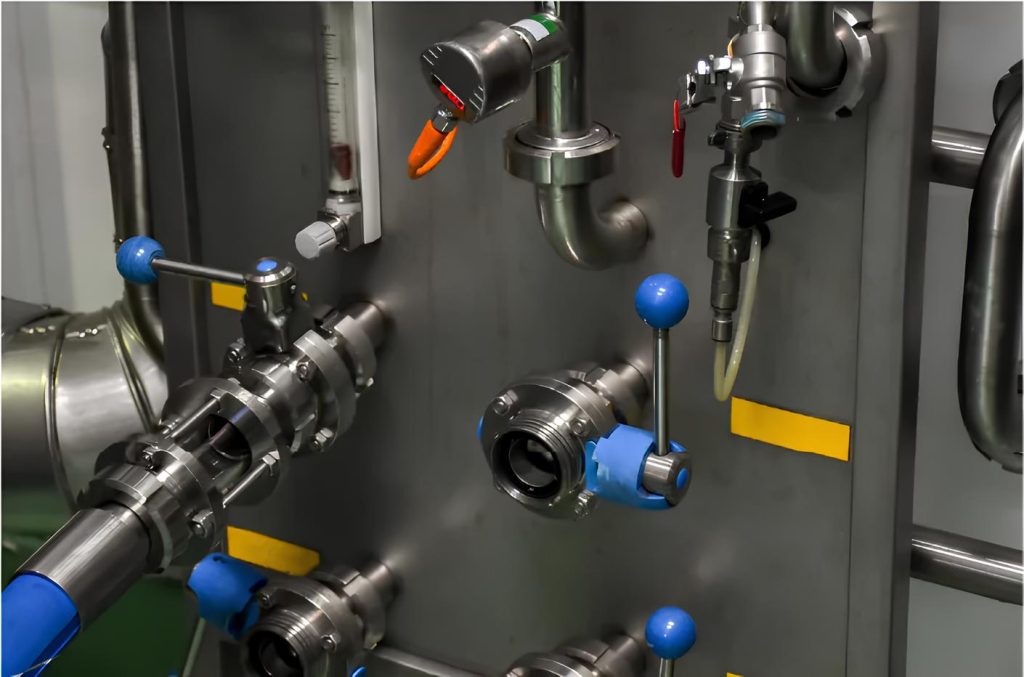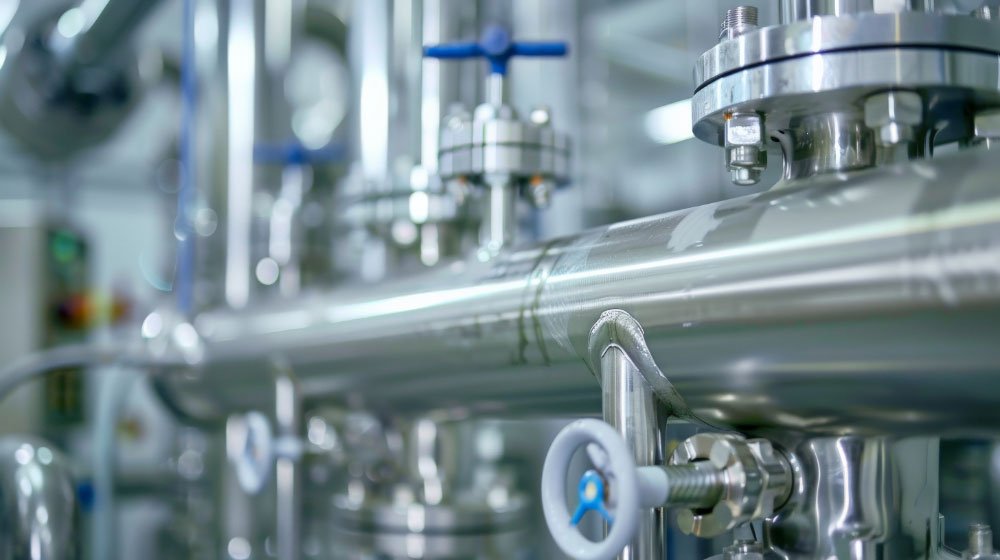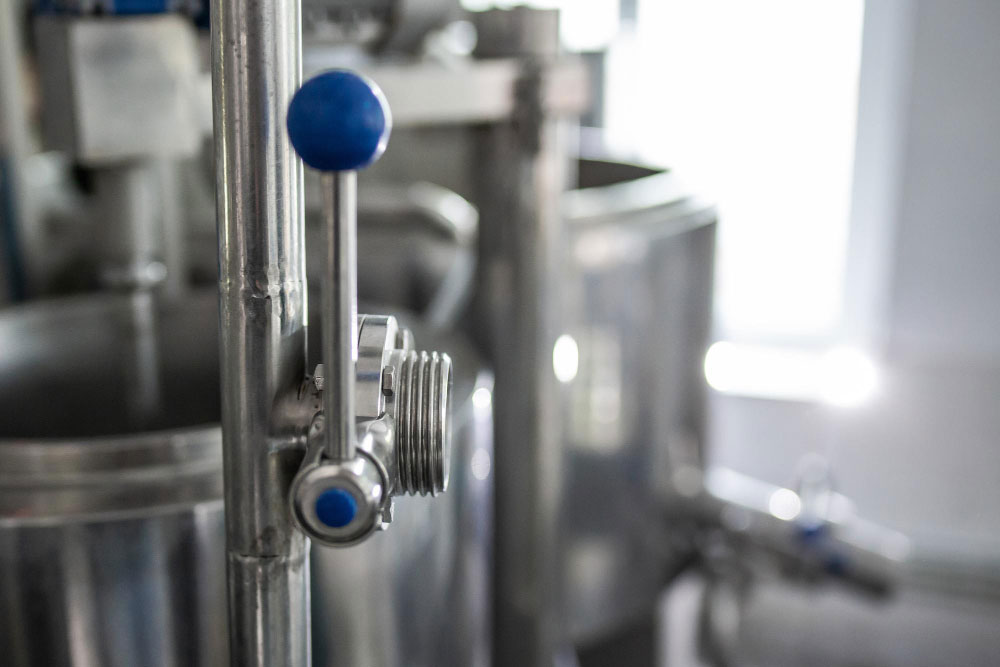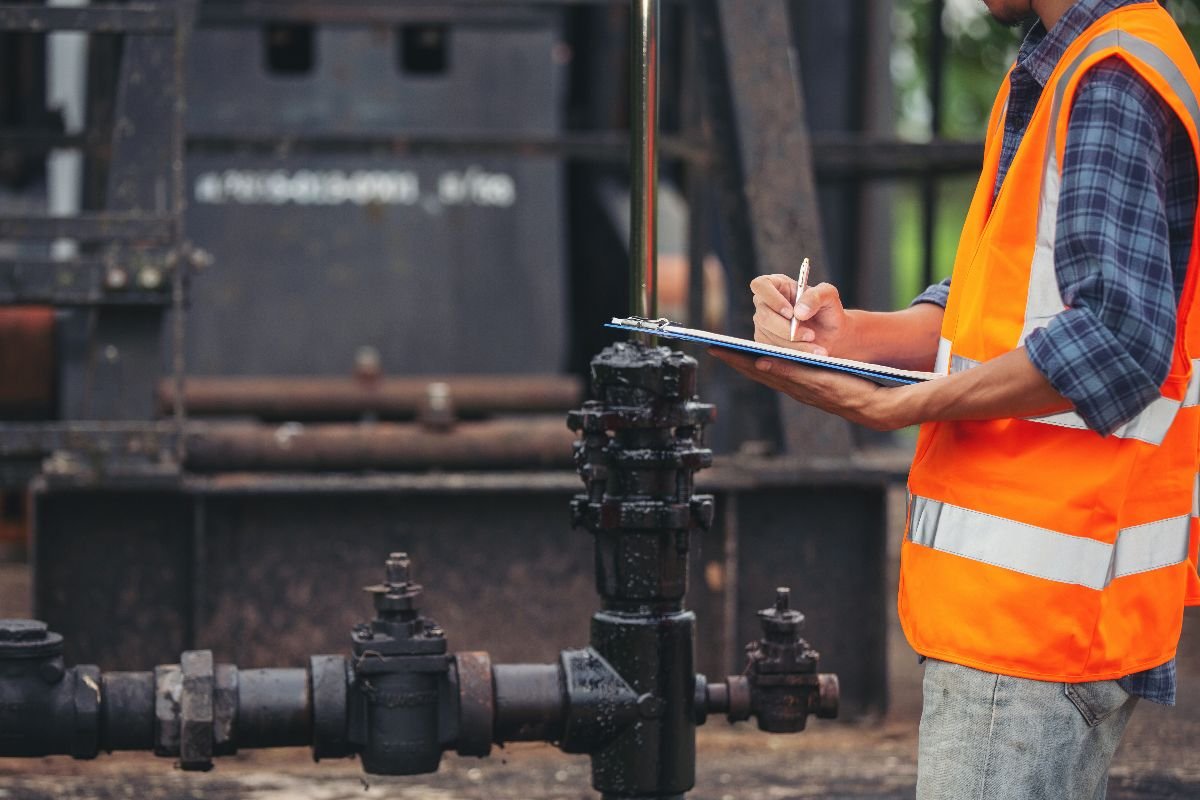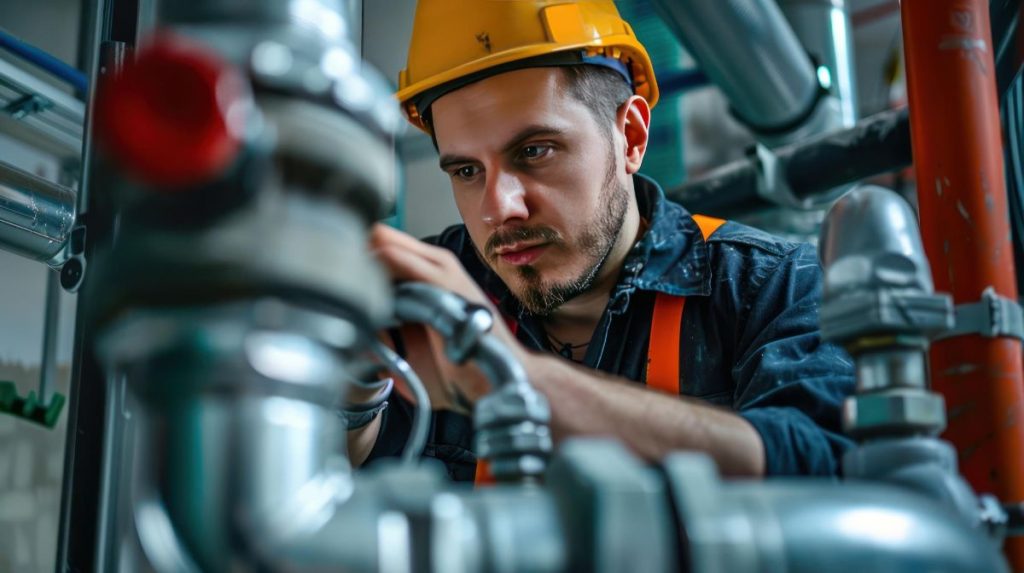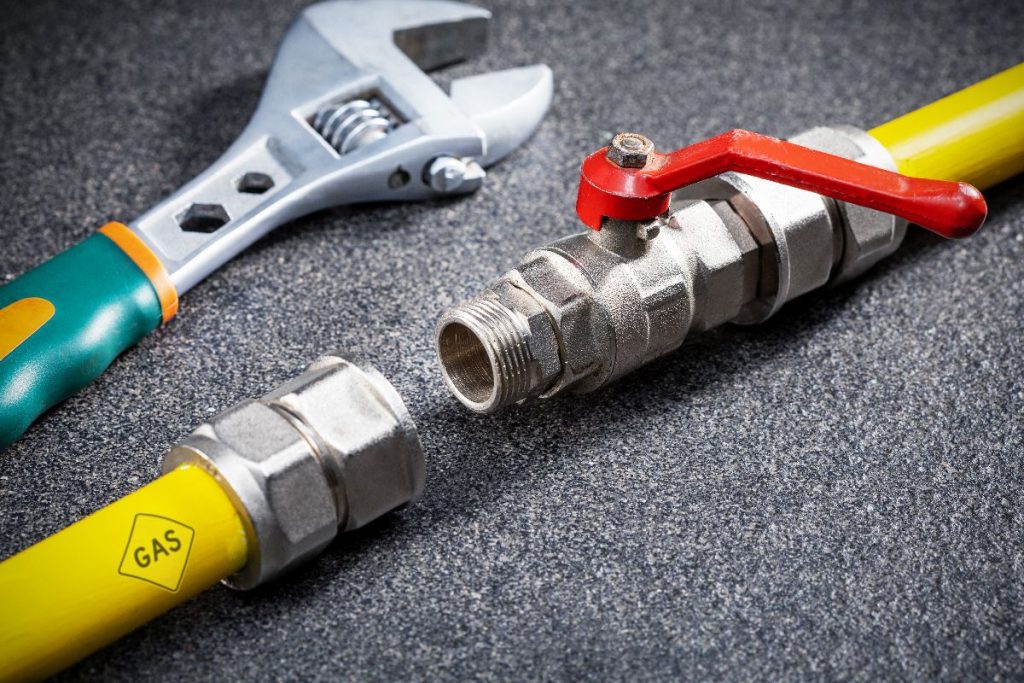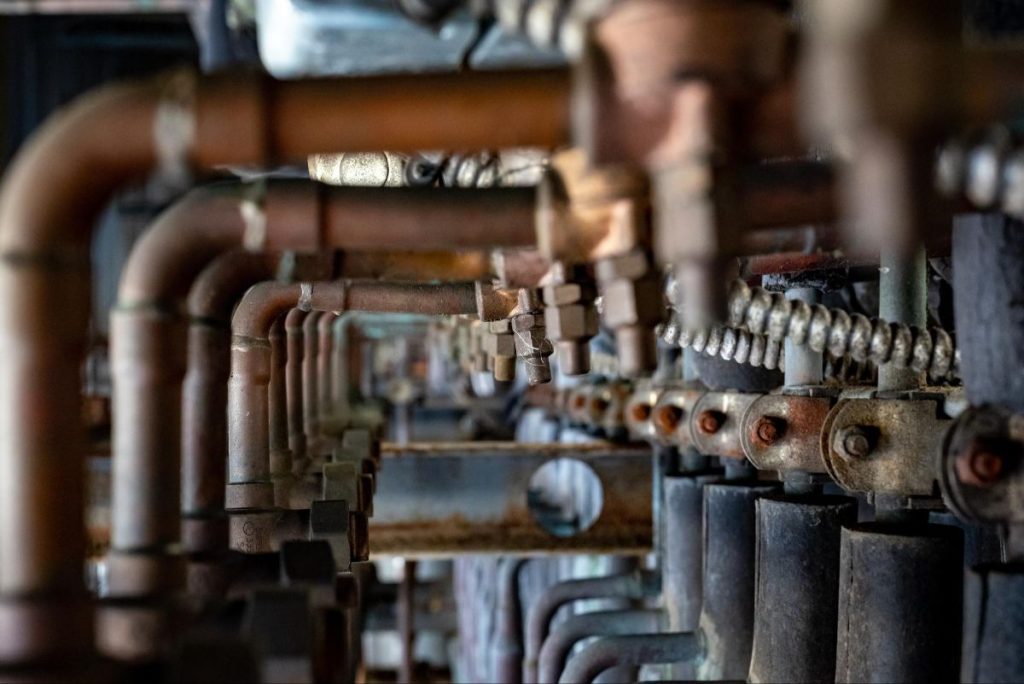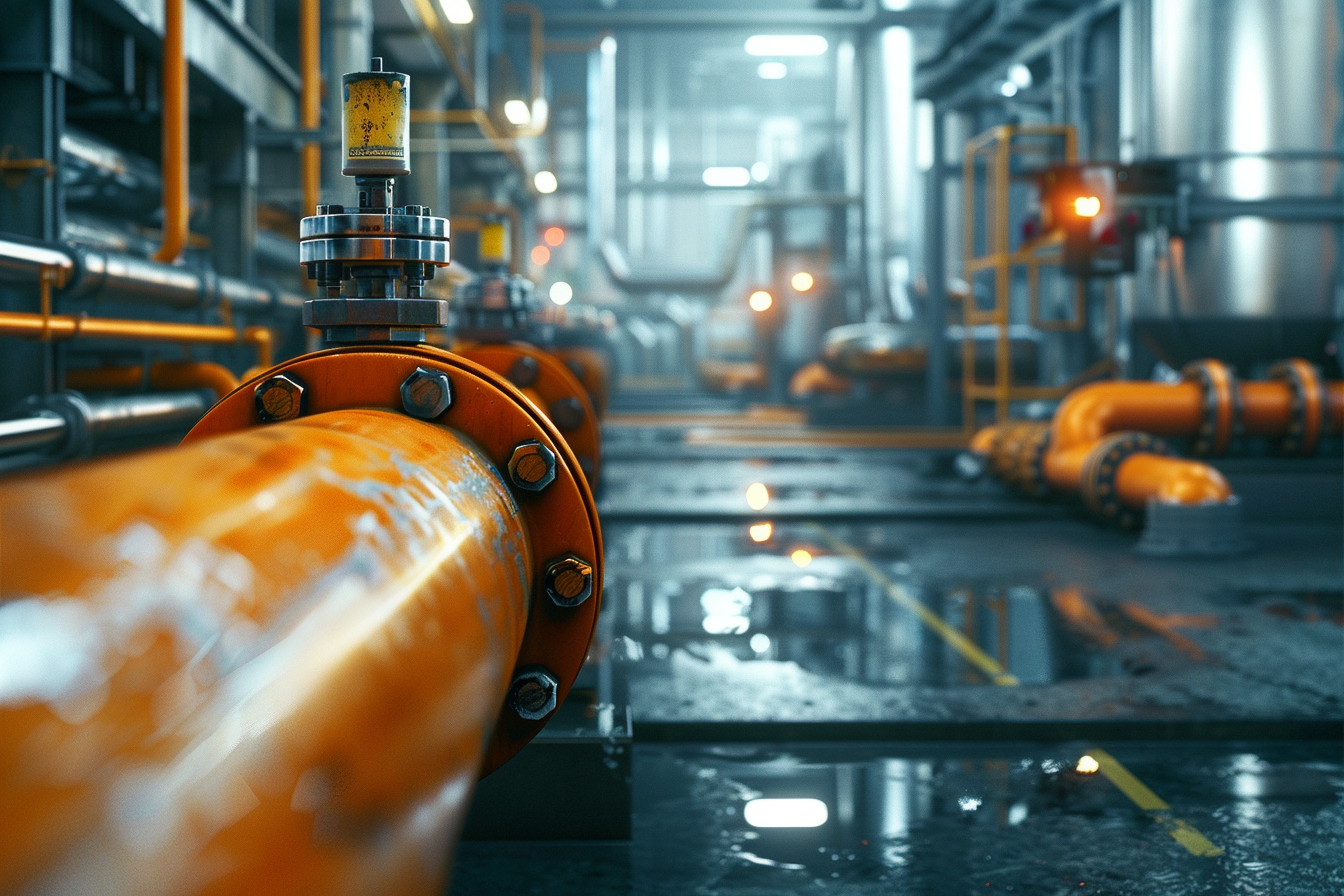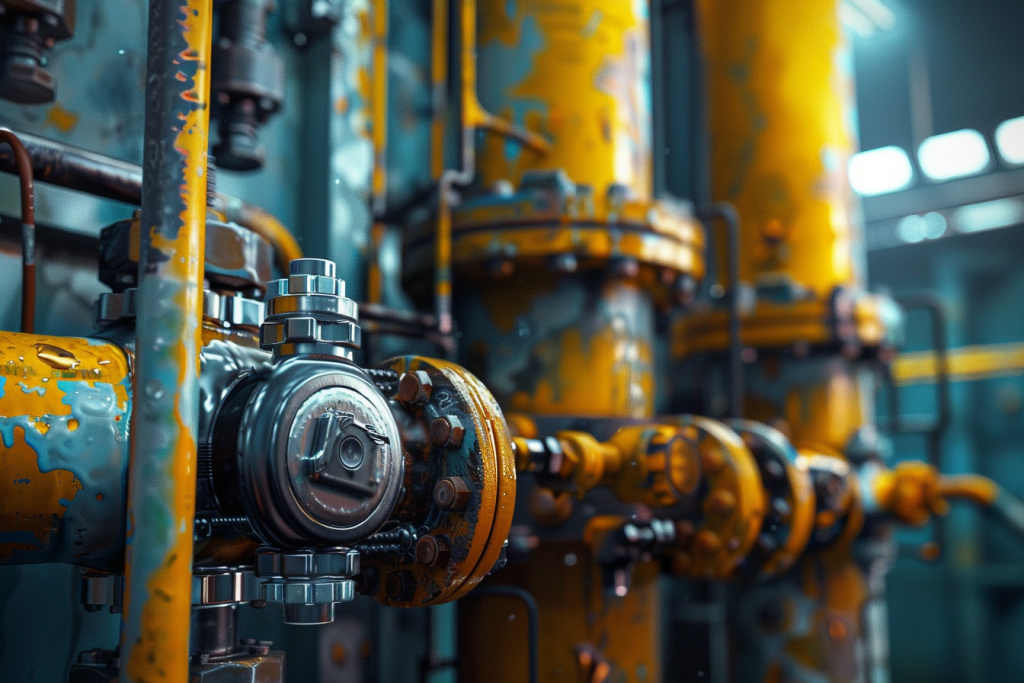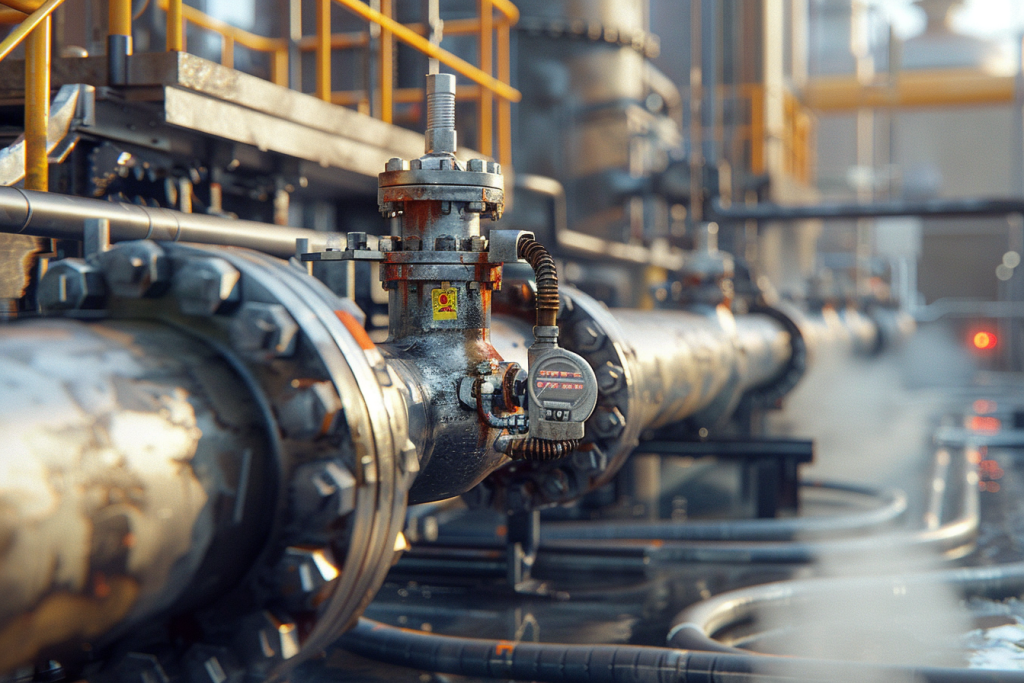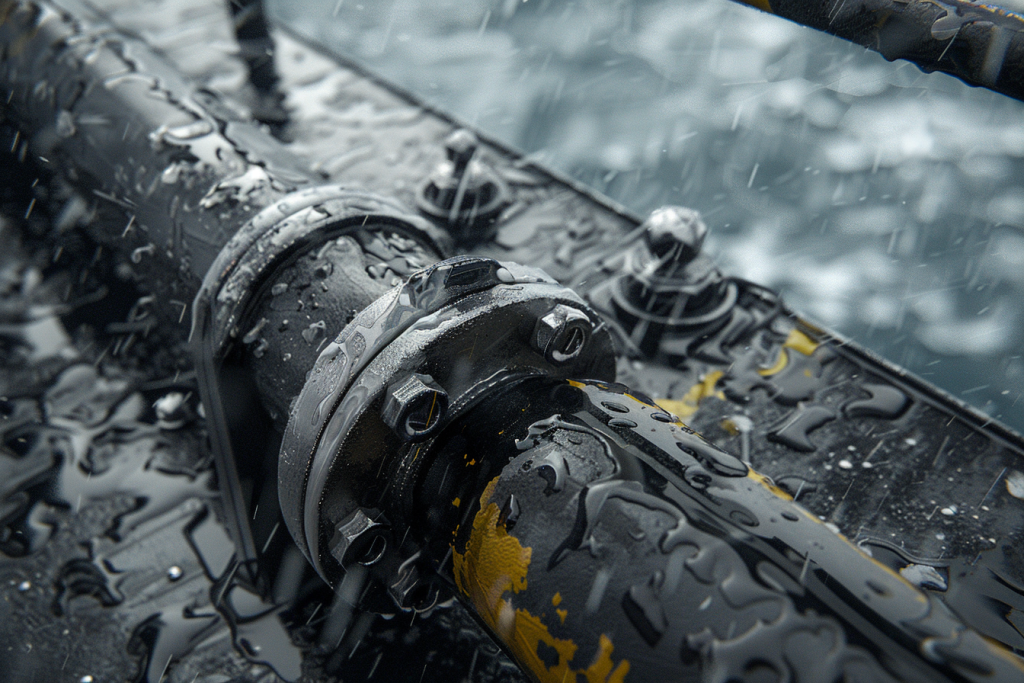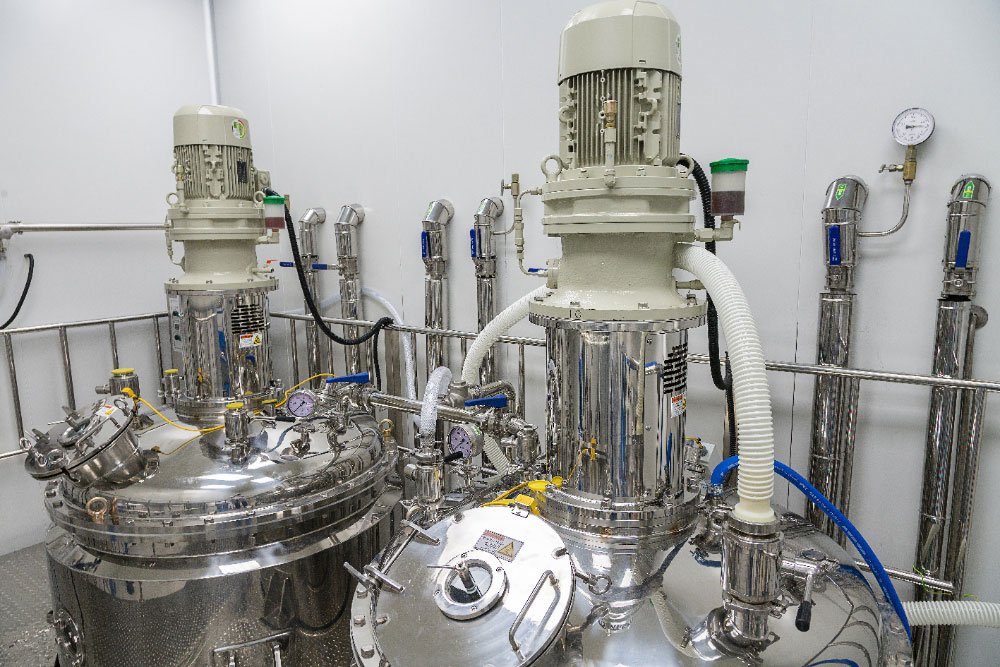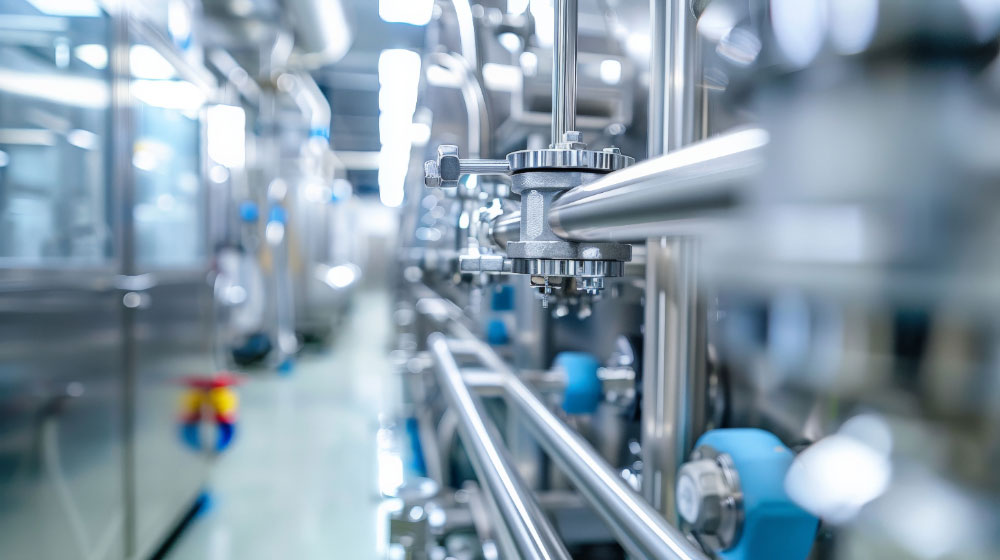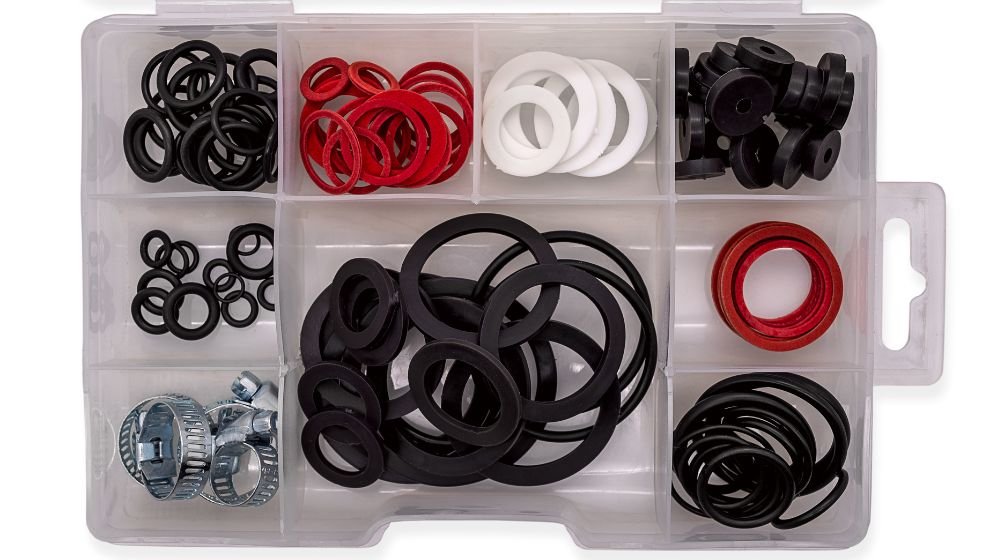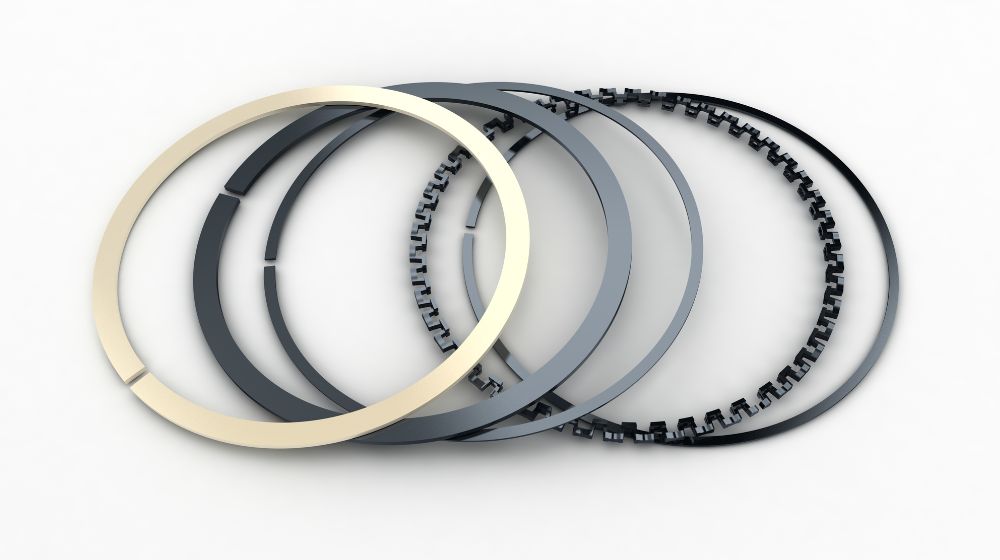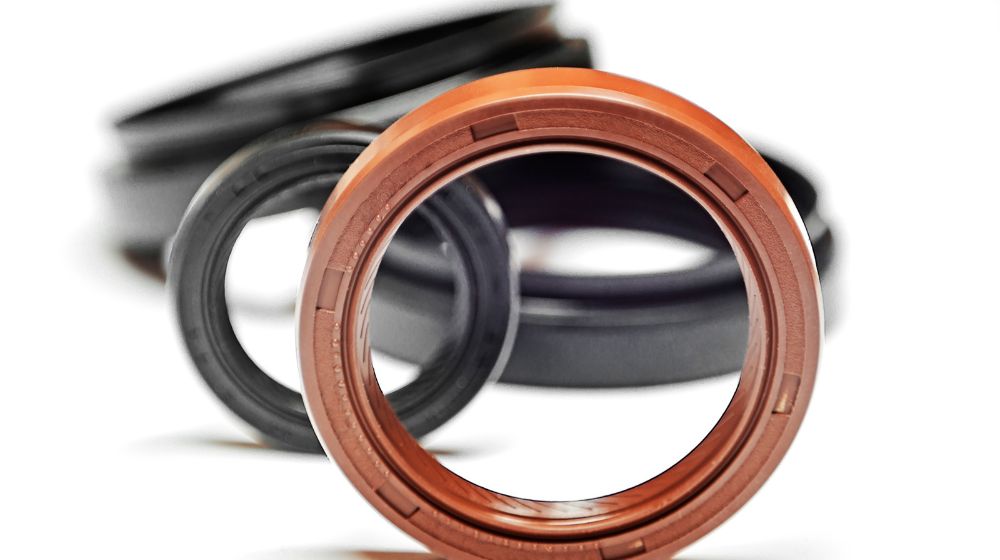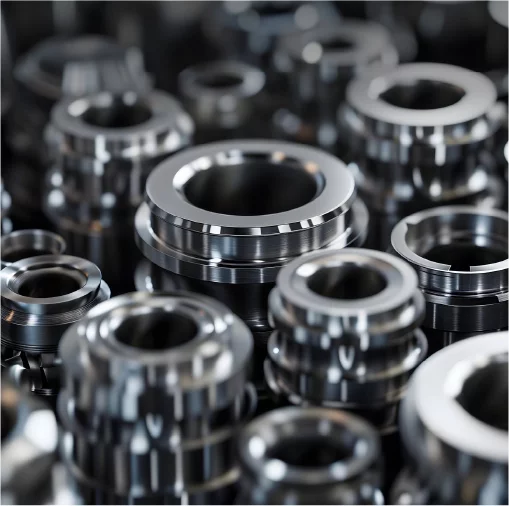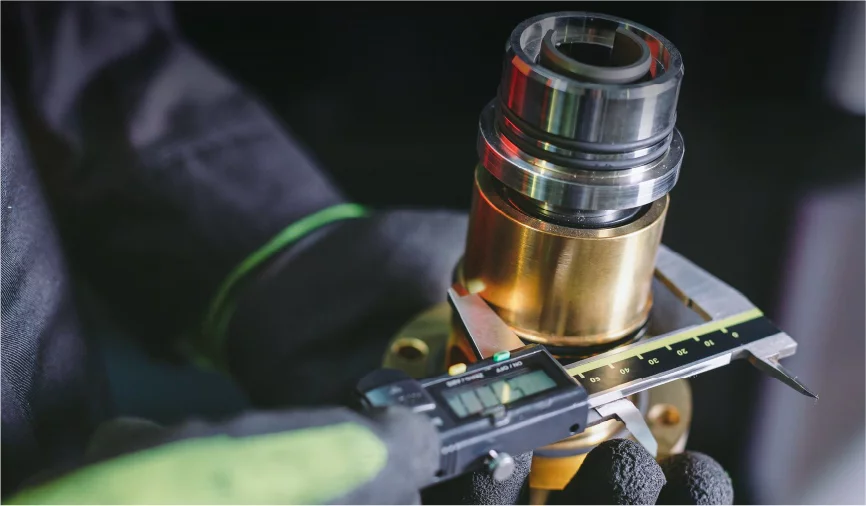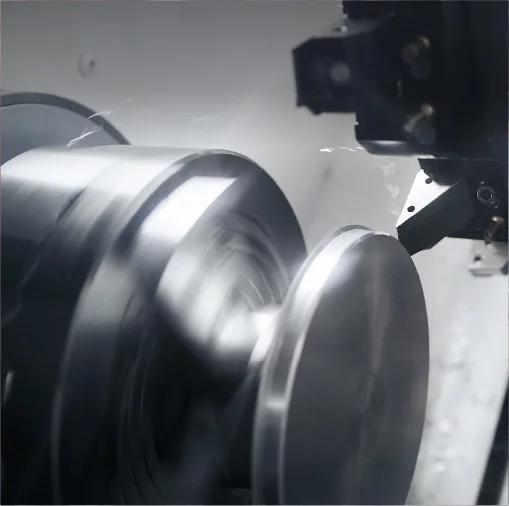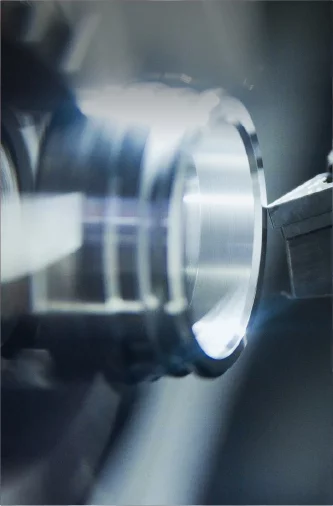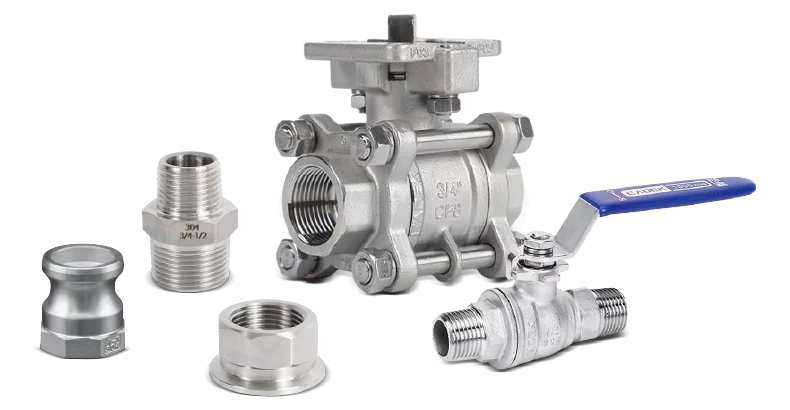En el mundo de los accesorios industriales y las soluciones de conexión rápida, los acoplamientos Camlock destacan por su eficiencia y fiabilidad. Estos conectores versátiles son esenciales en industrias que abarcan desde la petroquímica hasta la alimentaria, facilitando la transferencia rápida y segura de líquidos, polvos y gránulos. Pero ¿qué garantiza que los acoplamientos Camlock resistan las rigurosas exigencias de estas aplicaciones? La respuesta reside en su proceso de fabricación, en particular el uso de fundición en molde permanente.
¿Qué es el proceso de fundición en molde permanente?
La fundición en molde permanente, también conocida como fundición por gravedad, es un proceso de fabricación en el que el metal fundido se vierte en un molde reutilizable (matriz) hecho de metal. A diferencia de la fundición en arena, donde el molde se rompe para recuperar la pieza fundida, la fundición en molde permanente permite múltiples usos, lo que garantiza la consistencia y la eficiencia de la producción.
Características principales de la fundición en molde permanente:
- Moldes reutilizables: Los moldes generalmente están hechos de acero o hierro fundido y están diseñados para soportar un uso repetido sin un desgaste significativo.
- Acabado de superficie mejorado: Los moldes de metal proporcionan un acabado de superficie más suave en comparación con los moldes desechables, lo que reduce la necesidad de un mecanizado extenso.
- Propiedades mecánicas mejoradas: La velocidad de enfriamiento en la fundición en molde permanente es más rápida, lo que genera estructuras de grano más fino en el metal y propiedades mecánicas mejoradas.
- Precisión dimensional: Este método produce piezas con tolerancias dimensionales estrictas, cruciales para componentes que requieren un ajuste preciso.

La importancia en la producción de acoplamientos Camlock
Acoplamientos Camlock Deben cumplir altos estándares de calidad y durabilidad para funcionar eficazmente en entornos exigentes. Así es como la fundición en molde permanente contribuye a alcanzar estos estándares:
1. Resistencia y durabilidad superiores
El rápido proceso de enfriamiento en la fundición en molde permanente da como resultado una estructura metálica más densa, con menos bolsas de gas y defectos de contracción. Esta densidad aumenta la resistencia de los acoplamientos de leva, haciéndolos más resistentes al desgaste.
2. Calidad constante
Los moldes reutilizables garantizan que cada acoplamiento camlock producido tenga dimensiones y propiedades idénticas. Esta consistencia es vital para la compatibilidad y la intercambiabilidad, permitiendo que acoplamientos de diferentes lotes encajen a la perfección.
3. Acabado superficial mejorado
Una superficie más lisa reduce la fricción y el riesgo de corrosión, lo que prolonga la vida útil del acoplamiento. También implica menos mecanizado posterior a la fundición, lo que puede reducir los costos de producción y los plazos de entrega.
4. Tolerancias estrictas y precisión
La fundición en molde permanente permite obtener dimensiones precisas, lo cual es crucial para la estanqueidad de los acoplamientos Camlock. Las tolerancias ajustadas garantizan un sellado perfecto al conectar los acoplamientos, lo que previene fugas y mantiene la integridad del sistema.
5. Versatilidad del material
Este método de fundición es adecuado para diversos metales comúnmente utilizados en acoplamientos camlock, como aluminio, latón y ciertas aleaciones de acero. Los fabricantes pueden seleccionar el material óptimo según la aplicación prevista, ya sea por resistencia química, requisitos de ligereza o alta resistencia.
Ventajas sobre otros métodos de fundición
Si bien existen varios métodos de fundición disponibles, la fundición en molde permanente ofrece claras ventajas para producir acoplamientos camlock:
- Eficiencia en la producción de alto volumen: La reutilización de los moldes reduce el tiempo de preparación entre moldes, lo que los hace ideales para grandes producciones.
- Costo-efectividad: Aunque la inversión inicial en la creación de moldes permanentes es mayor, el costo a largo plazo por pieza disminuye debido a la longevidad de los moldes y al menor desperdicio de material.
- Propiedades mecánicas mejoradas: En comparación con la fundición en arena, la fundición en molde permanente proporciona piezas con mejores características mecánicas, lo que es esencial para los componentes sometidos a tensión mecánica.
El proceso de fabricación paso a paso
Para apreciar plenamente el papel del moldeo permanente, profundicemos en los pasos típicos involucrados en la producción de acoplamientos camlock utilizando este método:
1. Diseño del molde: Los ingenieros crean un molde según las especificaciones precisas del acoplamiento de leva. El molde debe facilitar la extracción de la pieza solidificada, manteniendo tolerancias ajustadas.
2. Preparación del molde: Antes de la fundición, el molde se limpia y se recubre con un material refractario o lubricación para facilitar la liberación de la pieza y prolongar la vida útil del molde.
3. Fundiendo el metal: La aleación metálica seleccionada se funde en un horno, alcanzando la temperatura requerida para asegurar la fluidez y el correcto llenado de las cavidades del molde.
4. Vertiendo el metal: El metal fundido se vierte cuidadosamente en el molde por gravedad. Algunos procesos pueden utilizar técnicas de baja presión o vertido por inclinación para optimizar el llenado y reducir los defectos.
5. Enfriamiento y solidificación: El metal se enfría y solidifica rápidamente gracias a la naturaleza conductora del molde. El enfriamiento controlado es esencial para evitar tensiones internas y lograr la microestructura deseada.
6. Expulsando el casting: Una vez solidificada, se abre el molde y se extrae la pieza. La pieza puede someterse a procesos de acabado mínimos, como el recorte del exceso de material o un mecanizado menor.
7. Inspección de calidad: Cada acoplamiento camlock se inspecciona para garantizar que cumpla con los estrictos estándares de calidad exigidos para aplicaciones industriales. Esto incluye comprobaciones dimensionales, inspecciones de superficie y, en ocasiones, pruebas no destructivas para detectar defectos internos.
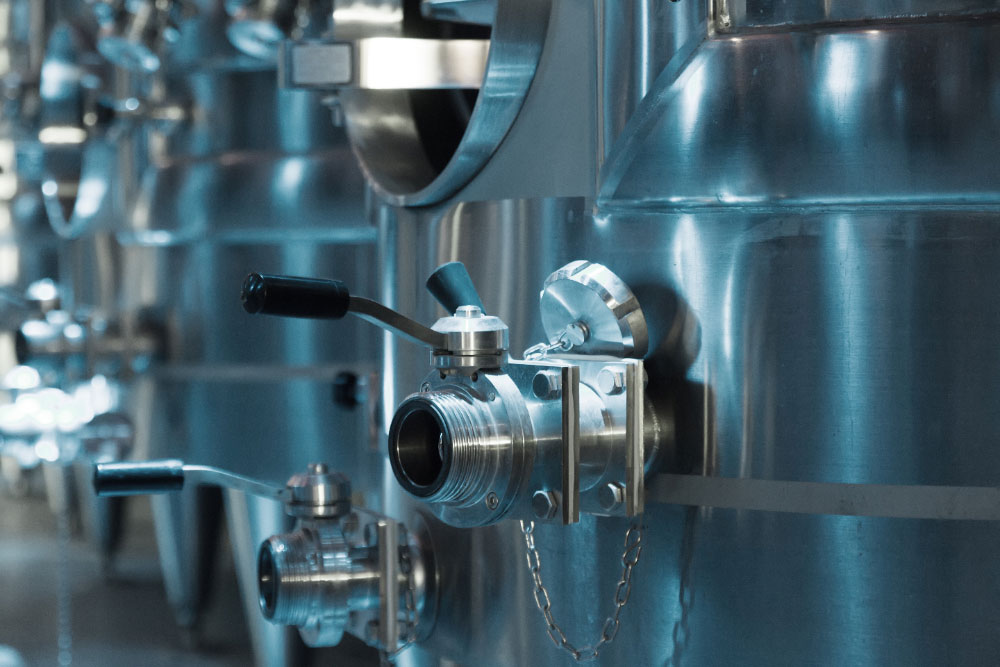
Garantizar la calidad y el cumplimiento
Los fabricantes que emplean la fundición en molde permanente para acoplamientos camlock suelen adherirse a normas internacionales de calidad, como la ISO 9001:2015. Estas normas exigen rigurosos procedimientos de control de calidad durante todo el proceso de fabricación. Al combinar la fundición en molde permanente con una estricta gestión de calidad, los fabricantes pueden ofrecer acoplamientos camlock que cumplen o superan constantemente las expectativas del sector.
El impacto en los usuarios finales
Para las empresas que dependen de acoplamientos Camlock, los beneficios de la fundición en molde permanente se traducen en:
- Fiabilidad: Riesgo reducido de falla del acoplamiento debido a la integridad superior del material.
- Seguridad: Un rendimiento mejorado reduce la probabilidad de fugas o desconexiones, que pueden ser críticas en entornos peligrosos.
- Ahorro de costes: Los acoplamientos duraderos significan menos reemplazos y menos tiempo de inactividad, lo que mejora la eficiencia operativa.
- Versatilidad: Los acoplamientos de alta calidad pueden manejar una variedad de fluidos y condiciones, ampliando su aplicabilidad en diferentes procesos.
Mirando hacia el futuro: innovaciones en fundición
El sector manufacturero continúa innovando, con avances en las tecnologías de fundición que prometen un rendimiento aún mejor para los acoplamientos camlock. Desarrollos como la fundición de metales semisólidos y el uso de simulaciones por computadora para optimizar el diseño de moldes están en el horizonte. Estas innovaciones buscan mejorar aún más la calidad, reducir costos y minimizar el impacto ambiental del proceso de fundición.
Conclusión
La fundición en molde permanente desempeña un papel fundamental en la producción de acoplamientos camlock de alta calidad. Su capacidad para producir piezas con resistencia superior, dimensiones precisas y un excelente acabado superficial lo convierte en el método predilecto de los fabricantes que buscan la excelencia. Comprender este proceso brinda a los usuarios finales confianza en los productos que utilizan y resalta la importancia de los procesos de fabricación para ofrecer soluciones industriales fiables.
Tanto si trabaja en una industria que exige los más altos niveles de seguridad y fiabilidad como si le interesan las técnicas de fabricación de componentes esenciales, comprender el papel de la fundición en molde permanente en los acoplamientos Camlock es una experiencia enriquecedora y beneficiosa. Demuestra cómo la ingeniería meticulosa y los procesos de fabricación avanzados se combinan para producir las herramientas indispensables que garantizan el buen funcionamiento de las industrias.

